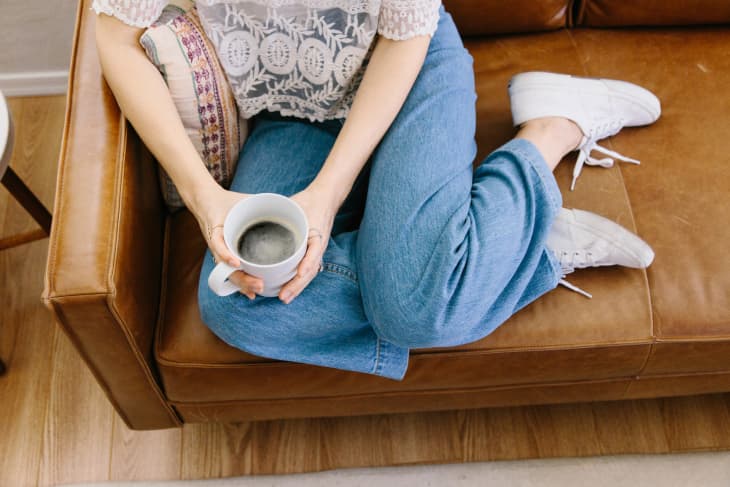The Korean Coffee Trend You Need to Know About
In South Korea, stop into almost any business or office, and, along with the friendly employees, a selection of instant coffee packets will be there to greet you. No coffee pot or brewing time necessary — just a hot water dispenser. Outside of the workplace, instant coffee is offered at restaurants and homes across the nation, and sold in small paper cups from vending machines at many convenience stores, gas stations, transit hubs, and even street-sides.
The flavors run the gamut, ranging from americano and latte to cappuccino and mocha, with most packets containing a mix of coffee, sugar, and powdered creamer. They’re quick and they’re cheap, costing as little as KRW 125 ($0.11) apiece — so inexpensive that workplaces can provide their employees with an endless supply of pick-me-ups for free.
Most importantly, the coffee mix packets are convenient. It’s their supreme simplicity that’s secured their place, even amid a caffeine scene very much increasingly influenced by in-house roasters and trendy café chains, in the country’s coffee culture. While outings to cafés are sometimes seen as special or social, instant coffee is for everyday life, whatever it might entail.
Instant mixes like mega-brand Maxim got their start in South Korea in the 1970s. In the years since, they’ve gained an impressive following, reaching an overwhelming majority of the market. In fact, Maxim maker Dongsuh Food estimated more than 75 percent of Koreans drink instant coffee. Today’s coffee mix commercials routinely feature the country’s most popular K-pop celebs and movie stars.
And of Koreans who travel or emigrate, many report a feeling of “coffee-sickness” (like homesickness) for their beloved packets.
If you’re new to Korean instant mixes, it’s likely you’ll find them to be overly sweetened, especially if you take your coffee black. For this reason, you could choose to cut your cup with brewed coffee or steamed milk, or use just three-quarters or half the packet. Some Koreans say they like to pour instant coffee over ice cream, affogato style.
For me, just like many of my food and drink experiences while living in South Korea, instant coffee wasn’t love at first taste. It was a slow, patient process. I found the stuff to be stomach ache-inducing and shunned it for its brewed counterpart.
But as the months and years passed, Maxim became a cherished ritual in my life as an English language teacher, reliably punctuating my workdays every 8 a.m., 1 p.m., and 4 p.m.. Just as other smells and tastes trigger memories — fast-food hamburgers that remind me of summers with Grandpa, deep-fried funnel cakes of the state fair, Jagermeister and Red Bull of my sophomore year of college — so too will Maxim coffee always take me back to teaching English in Korea.
To try Maxim, look for it at H-Mart or most Korean grocery stores, or head to Amazon.
Have you tried instant coffee?
